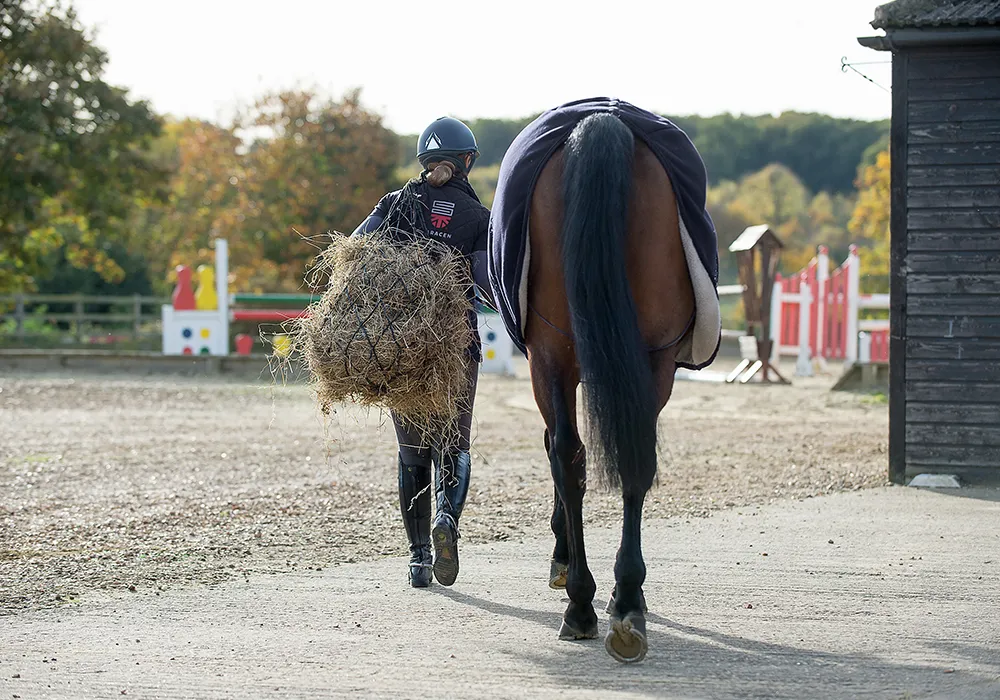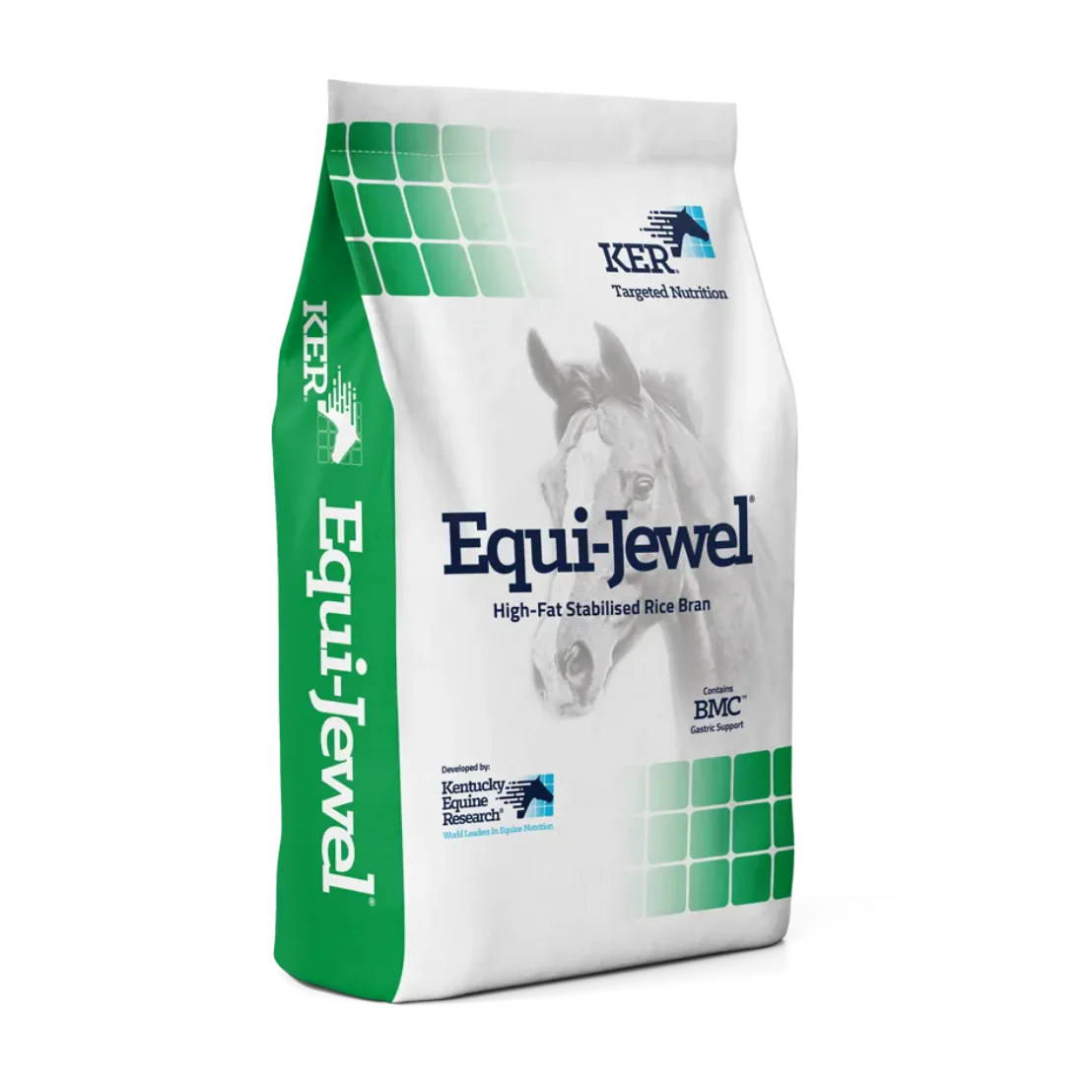Articles, case studies & advice
Expert tips and insights to keep your horse healthy, happy, and well-fed.
Articles
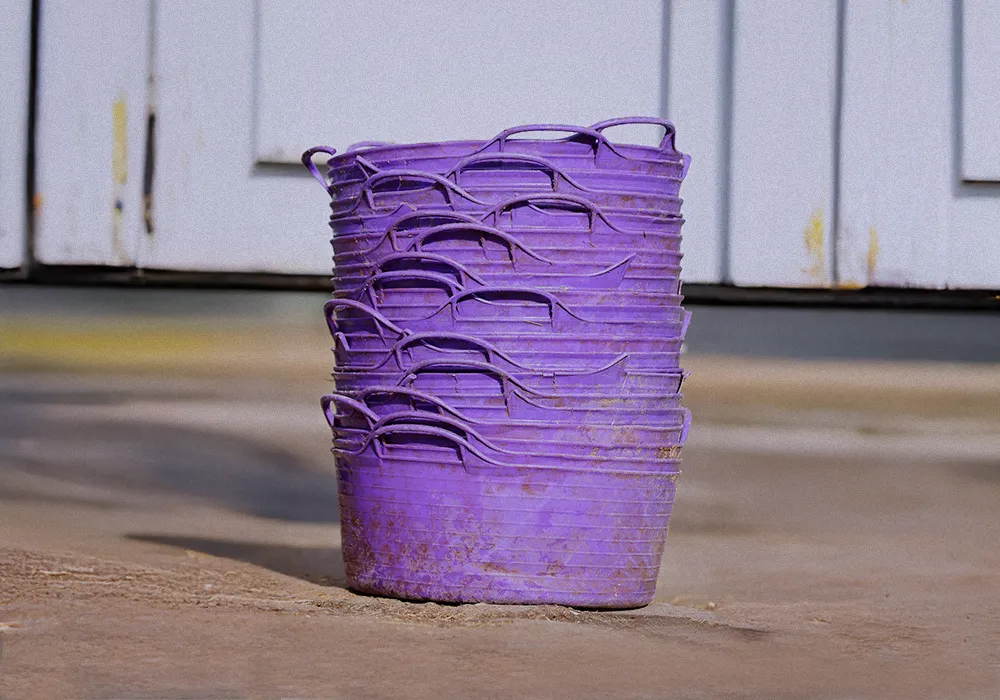
Finding the right feed for your ulcer prone horse or pony
We work closely with other experts in nutrition, research, and veterinary science in order to provide our clients research-proven products to help manage and support horses with EGUS.
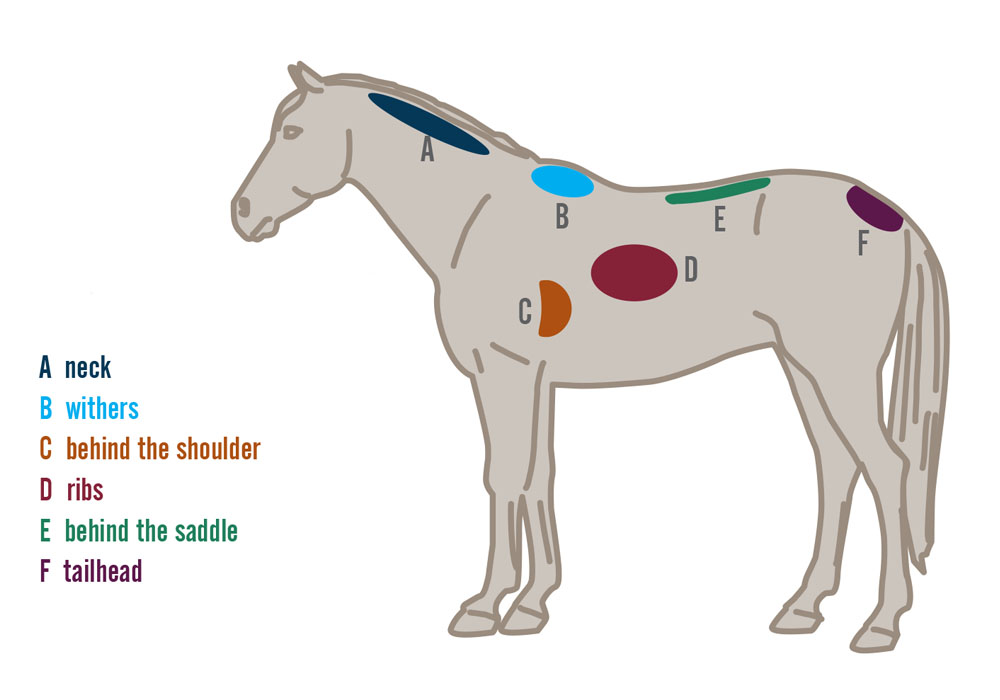
Feeding the Ex-Racehorse: Feeding for Weight Maintenance
The main error that many owners make when feeding a horse fresh out of training is to place them on a horse and pony mix or cube simply because it is low in energy.

Managing the Poor Doer Horses
Feeding poor doers made simple with tips on weight management, best hay for overweight horses and laminitis prevention.

Risk Factors associated with Gastric Ulcers
Modern management often limits natural foraging, increases stress (training, early weaning), and uses high-starch diets with too little forage and fibre.

Feeding Solutions for Horses Prone to Tying-Up
Discover the best feeding strategies for horses prone to tying-up. Learn how RE-LEVE®-Mix, EQUI-JEWEL®, and SHAPE-UP® support equine muscle health and recovery.

Saracen's New Brand Identity
A clearer Saracen: modern look, proven feed, future-focused.
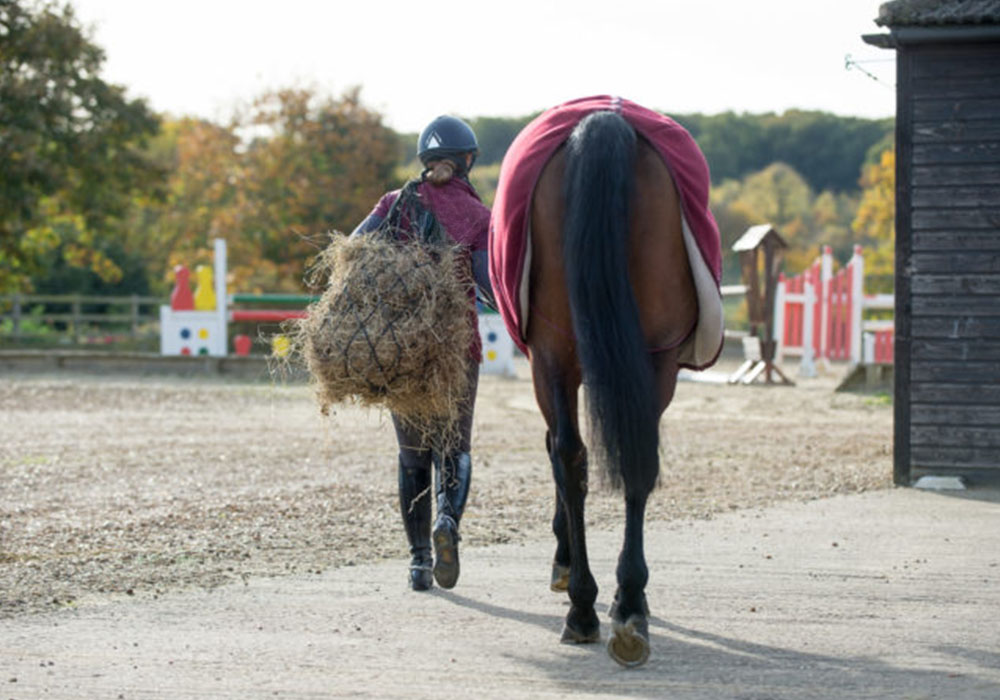
Feeding the Ex-Racehorse: Feeding for Weight Gain
In order to put condition on a horse, you need to increase his intake of digestible energy.

Feeding the Ex-Racehorse: Maintaining Optimum Body Condition
We are often asked: ‘what is the optimum body condition score for my horse to be in?’

Historical Review of Gastric Ulcers
In the past 30 years, the understanding of equine gastric ulcer disease (EGUD) has advanced by leaps and bounds. Read the interview with veterinarian Al Merritt.

